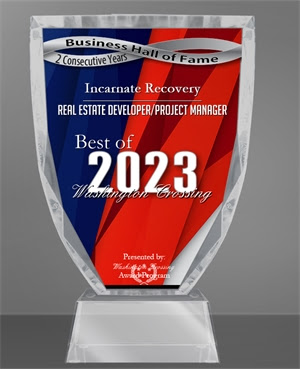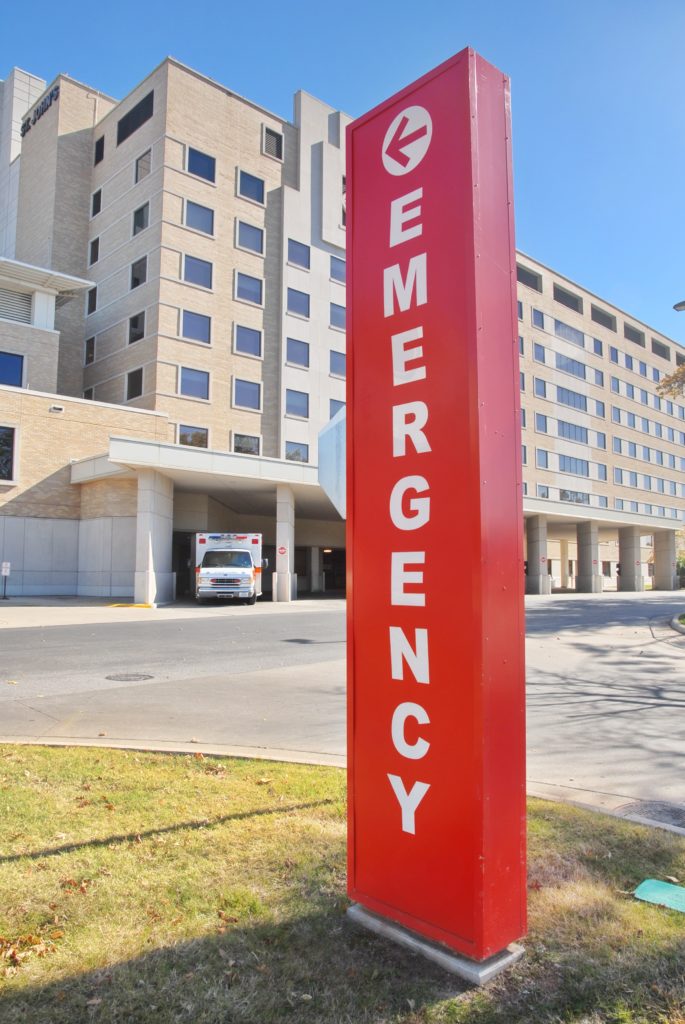So many buildings used in recovery treatment are historic. This can add a cool and urban vibe to the treatment center’s aesthetics. However, two realities of addiction treatment today are causing leading providers to rethink the environments where they treat those in recovery.
- Are my facilities energy efficient? Reducing the carbon footprint is simply acting as a good global citizen. But in a time of shrinking reimbursement rates, and a continuing zeal for a more efficient means to manage administrative expenses, modern facilities with modern HVAC systems, communications systems, and security systems, pay off for providers through lower utilities expense, and less down time.
- Are my facilities dignified? The second reality is the increasing role of medicine in the treatment protocols for patients of addiction therapy. As recently stated by the Recovery Research Institute, effective treatment centers can be characterized in part by utilizing facilities that are at least as dignified as other medical buildings designed to treat other chronic health issues. Think about it – how would we feel about going to visit our endocrinologist in a worn-out historic building?
So, if modernizing your facility is in your strategic plan, or building a new one to accommodate your growth or other gaps in care, here are some So, if modernizing your facility is in your strategic plan, or building a new one to accommodate your growth or other gaps in care, here are some design trends to keep in mind.
- Co-location. We are all aware of the increasing levels of co-morbidities in our patients. Thoughtful site selection may mean locating your next facility within walking distance to other physicians who may be serving your patients. Many hospitals have moved doctors off premise and into retail locations to get them closer to their patients and reduce costs. Take advantage of this trend or position your next facility in such a way as to leverage the relationships that can be developed through other health practitioners. Doing so, shows our concern for the whole health of our patients.
- Natural Light. Natural light has been shown to improve healing in multiple and varied circumstances. It can coexist with our clients need for confidentiality. Consider vision panels along the building perimeter rooms to make interior spaces seem less gloomy or institutional. Offices can include translucent side lights to open corridors and improve morale.
- In-house clinic. If co-location is not realistic, consider including a primary care clinic within the building and offer visiting doctors office hours or lease the space to a third-party practitioner. Winning designs can also include family waiting areas nearby.
All these ideas stem from a patient first concept of care. What does our patient need? How can we maximize comfort and dignity in an environment, and meet additional tangential needs of our clients?
As insurers look more closely at outcomes, and the addiction crises continues seemingly unabated, designing a building to make your patients most comfortable while meeting other needs can set up your organization for prosperity for many years to come.




